Dead Animal Prevention
Coming into contact with dead animals is not a pleasant experience, especially when on your property. The most common dead animals found around a property and hard to find to places are rodents and birds. When any species of animal enters your home and passes away, they will remain as a carcass until they are removed. More often than not, animals that are severely injured or are aware that they are dying isolate themselves and die in hidden places. Upon decomposition, removal is unsightly and dangerous to handle.
Signs and risks
Prevention is important when possible and if not, knowledge of the signs of a dead animal is important in order to be able to recognize and handle the dead animal promptly. Signs of a carcass on your property include:
- A foul, concentrated lingering smell
- A stain on the wall (liquid from decomposition)
- Flies and other smaller pests
- Animal droppings around the property
The main risks that dead animals pose when in your home are disease and infection. Carcasses can host diseases that can put both humans and other animals in danger. Diseases that dead animals can host include tularemia, leptospirosis, and anthrax. Some may not fall ill when coming into contact with a dead animal but in some cases, it can be fatal.
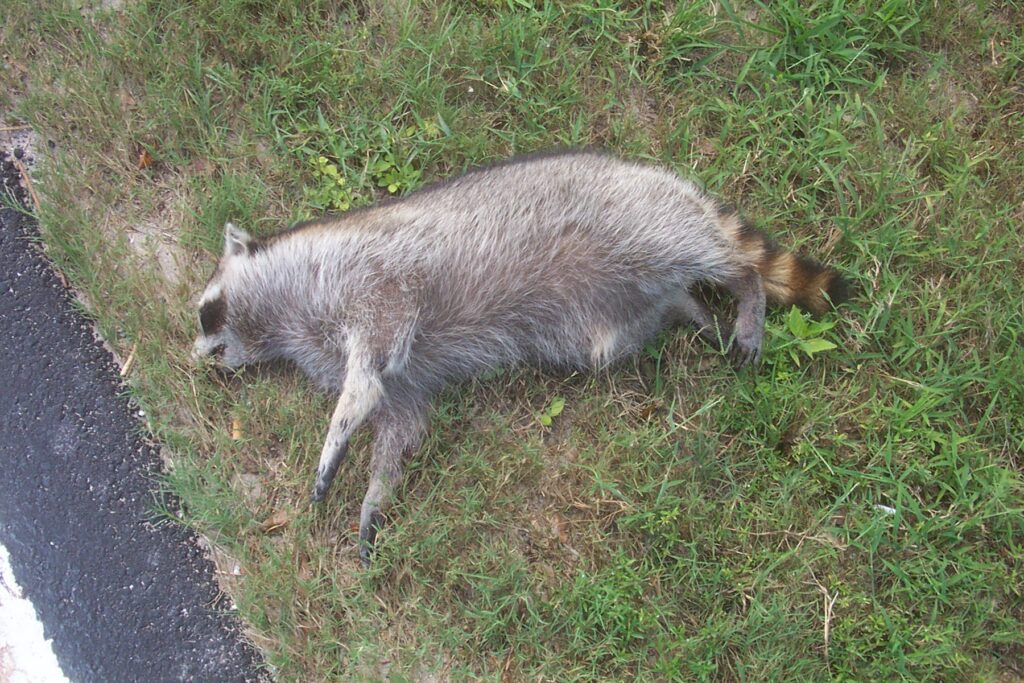
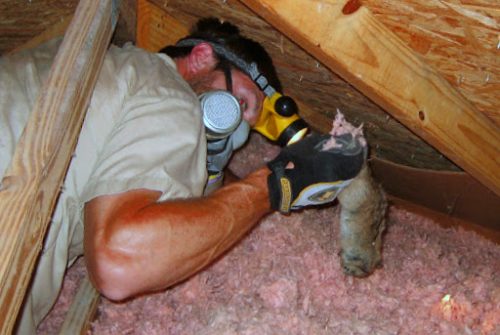
Preventive measures
There are measures you can put in place in order to reduce the likelihood of dead animals on your property. The first is to ensure your home is fully sealed, especially along skirting boards and doors. Mice only require a hole 0.25 inches big and so are the animal most likely to be crawling around and dying on your property. Ensuring that all crevices that are suitable entry points for animals are closed decreases the chances of encountering dead animals on your property.
Another measure that can prevent dead animals on your property is eliminating all food and water sources that animals can feed off in your property. Ensure that all food sources are sealed and away from the common entry points reduces the incentive for animals to enter your home and thus decreases the chances of them dying in and around your home.
A third preventative measure you can take is to keep the perimeter of your home clean and tidy. Trash, an overgrown lawn, and debris around your property can attract animals that are looking for food or a habitat. Keeping your greenery trimmed, trash well stored and promptly collected, and overall cleanliness significantly decreases the chances of animals in and around your home – dead or alive.
Repellents are also a popular method to prevent animals from dying around the perimeter or under your home. This is because once in place/installed, they’re relatively low maintenance and also can be put directly in areas where dead animals are likely to be found or have died before. The type of repellent used is dependent on the animal but an example of homemade repellent for foxes is chili peppers and garlic – two fridge staples you probably already have!
Select Your Animal

Raccoons
Raccoon Removal Information & How-To Tips
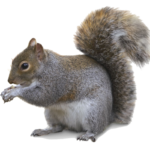
Squirrel
Squirrel Removal Information & How-To Tips
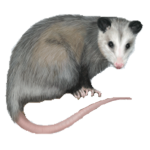
Opossum
Opossum Removal Information & How-To Tips
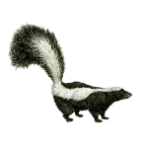
Skunks
Skunks Removal Information & How-To Tips
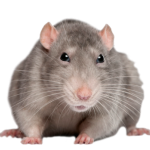
Rats
Rat Removal Information & How-To Tips
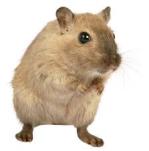
Mouse
Mouse Removal Information & How-To Tips
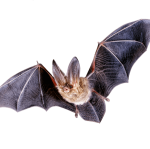
Bat
Bat Removal Information & How-To Tips
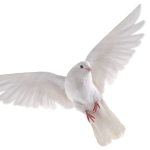
Bird
Bird Removal Information & How-To Tips
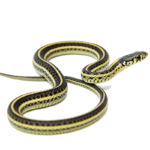
Snake
Snake Removal Information & How-To Tips
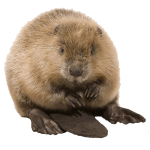
Beaver
Beaver Removal Information & How-To Tips
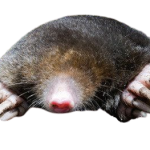
Mole
Mole Removal Information & How-To Tips
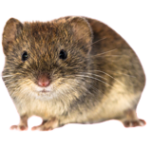
Vole
Vole Removal Information & How-To Tips

Gopher
Gopher Removal Information & How-To Tips
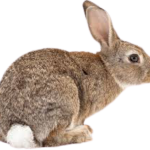
Rabbit
Rabbit Removal Information & How-To Tips
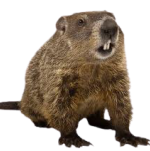
Woodchuck
Woodchuck Removal Information & How-To Tips
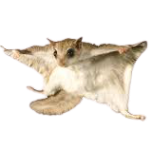
Flying Squirrel
Flying Squirrel Removal Information & How-To Tips
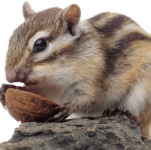
Chipmunk
Chipmunk Removal Information & How-To Tips
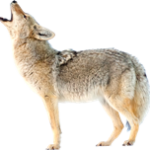
Coyote
Coyote Removal Information & How-To Tips
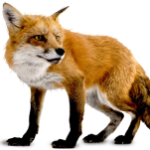
Fox
Fox Removal Information & How-To Tips

Wild Hog
Wild Hog Removal Information & How-To Tips
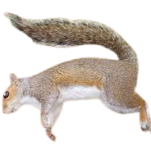
Dead Animal
Dead Animal Removal Information & How-To Tips